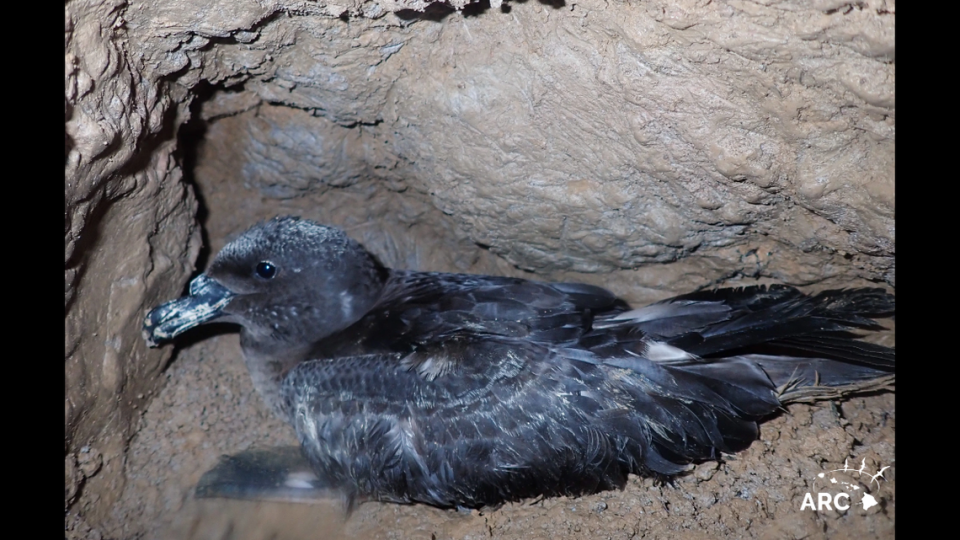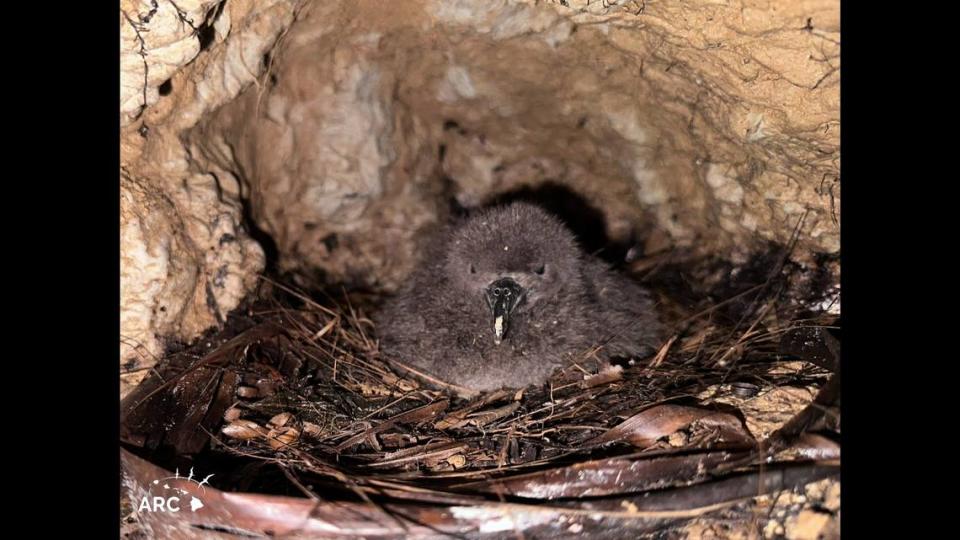Microphones in the jungle help lead researchers to rare and elusive creature, study says
Holes on a jungle mountain jutting from an island in the middle of the Pacific Ocean — that’s what researchers were hunting for.
The holes turned out to be nests of a rare and elusive creature, once at home on American Samoa’s largest and most populated island, Tutuila, the Hawaii-based Archipelago Research and Conservation (ARC) group said in a July 6 release.
They started searching in 2020, leaving their eyes and ears in the trees and foliage as they went, cameras watching day and night, microphones listening for the animal’s “distinctive calls,” researchers said.
Researchers found what they were looking for: active nests of the Tahiti petrel, a species of seabird that, until recently, hadn’t been found breeding on Tutuila since 1986, according to the release.

“As a rare seabird species that only visits the most remote and densely vegetated mountain tops of islands at night, this is a very challenging bird to study,” André Raine, science director for ARC, said in a news release. “When we discovered four active burrows of this incredible seabird on two different mountain tops on Tutuila last month, it was more than we could have ever hoped for!”
Instead of building nests in trees, Tahiti petrels lay their eggs in burrows, researchers said.
The brown and white bird is about 16 inches tall as an adult and has a wingspan measuring roughly 33 inches, according to the New Zealand Encyclopedia of Birds. Most of their lives are spent out at sea, returning to land to reproduce.
“Seabirds have always had strong cultural significance across the Pacific — for early Polynesians they provided an important food source, were used to locate feeding schools of ahi (tuna) and other predatory fish, their feathers used in ceremonies and their bones used for tattooing,” Raine told McClatchy News in an email. “In American Samoa seabird feathers were prized for their use as fishing lures and they feature in a prominent proverb treasuring Samoan language and culture.”

A “cryptic” bird, the Tahiti petrel has been studied little, experts say. And though the petrel may be difficult to find on Tutuila, that doesn’t mean they were completely gone from the island, Raine told McClatchy.
“I think they have always been on both mountains (and historically probably nesting over large areas of Tutuila). Despite its importance to multiple seabird species, there has been limited research and focus on seabirds on Tutuila for decades,” Raine said. “Now that we can confirm the birds are still there, and are on at least two mountains, it is time to assess what the potential conservation threats are and see how feasible it is to address those threats.”
It is classified as “near threatened” by the international community because of threats, including light attraction and introduced predators, such as dogs, cats and rats, ARC researchers said.
“The burrows were found on steep and densely vegetated slopes on both Pioa (Rainmaker) and Matafao mountains,” the study said, adding that two burrows had chicks inside, while the other two contained adults.
Two birds were also found dead near the burrows, having been killed, “highlighting the impact of non-native introduced predators such as cats and rats,” researchers said.
Bright blue ‘buttons’ washing up on Texas coast, photos show. But don’t press them
‘Not-so-welcome’ creature washes up on Texas beach. It may have sneaked over on ship
Spiky island creature — with ‘large’ eyes — turns out to be new species in Indonesia
‘Urban legend’ of a submarine beneath UK park might actually be real, experts say


